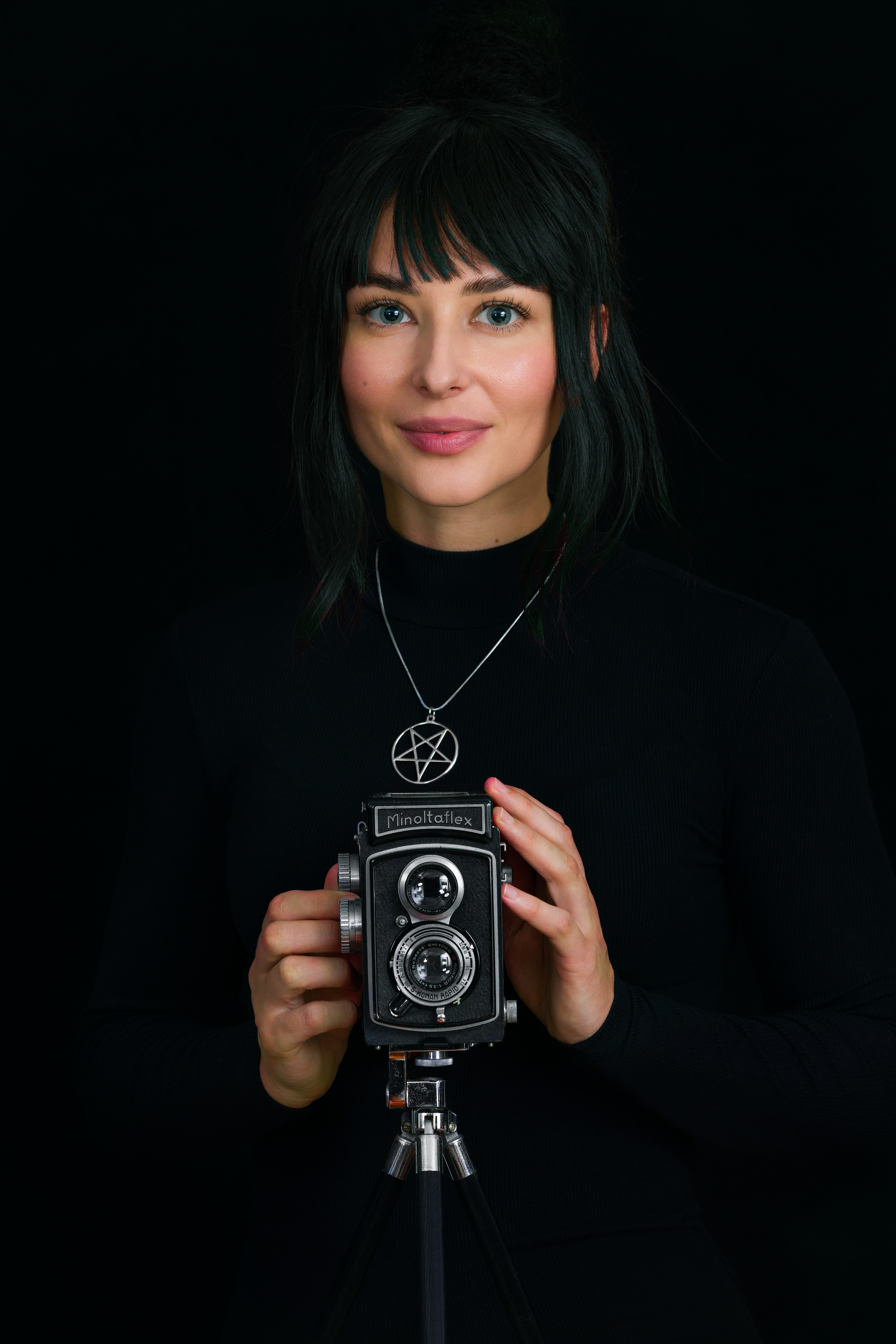Capturing Stunning Views from Above: The Art of Aerial Photography
- Victoria Shamrock

- Oct 20
- 4 min read
Aerial photography opens up a whole new world of perspectives, allowing us to see landscapes, cities, and natural wonders from breathtaking heights. This art form combines technical skill, creativity, and the right equipment to capture images that are both stunning and unique. Whether you are a hobbyist or a professional, understanding the fundamentals of aerial photography can help you create captivating visuals that tell compelling stories from above.
Understanding the Basics of Aerial Photography
Aerial photography involves taking photographs from an elevated position, typically using aircraft, helicopters, balloons, or drones. The goal is to capture expansive views that are impossible to see from the ground. This technique is widely used in various fields such as real estate, environmental monitoring, tourism, and creative arts.
To get started, it’s important to understand the key elements that influence aerial shots:
Altitude and Angle: The height and angle from which you shoot dramatically affect the composition and detail of your images. Higher altitudes provide broader views, while lower altitudes capture more detail.
Lighting Conditions: Early morning or late afternoon light, known as the golden hour, enhances textures and colours, making your photos more vibrant.
Equipment: Cameras with high resolution and lenses with wide apertures are preferred. Drones equipped with stabilisers and GPS offer precision and stability for sharp images.
Mastering these basics will help you create images that are not only visually appealing but also technically sound.

Exploring Different Techniques in Aerial Photography
There are several techniques to enhance your aerial photography skills. Each technique offers a unique way to capture the environment from above:
Panoramic Shots
Stitch multiple images together to create wide, sweeping views of landscapes or cityscapes. This technique is perfect for showcasing vast areas in a single frame.
Vertical Shots
Shooting straight down provides a map-like perspective, ideal for architectural layouts, agricultural fields, or urban planning visuals.
Oblique Shots
Angled shots add depth and dimension, highlighting the contours and shapes of the terrain or structures.
Time-Lapse Aerials
Capture a series of images over time to show changes in light, weather, or activity. This technique is excellent for storytelling and dynamic presentations.
Infrared and Thermal Imaging
Specialized cameras can capture heat signatures or vegetation health, useful in environmental studies and inspections.
Experimenting with these techniques will expand your creative possibilities and help you find your unique style in aerial photography.

How much does aerial drone photography cost?
The cost of aerial drone photography varies depending on several factors such as the complexity of the shoot, location, equipment used, and the experience of the photographer. Here’s a breakdown of typical expenses:
Equipment Costs
High-quality drones with advanced cameras can range from $1,000 to over $10,000. Additional accessories like extra batteries, filters, and carrying cases add to the investment. For instance, at iDrone Pro, we recently bought the DJI Mavic 4 Pro Creative Combo, a set of filters, a DJI Care Refresh 2-Year Plan, registration with CASA, and a few other necessary payments, totalling ≈ $7,500.
Licensing and Permits
In many regions, drone operators must obtain licenses and permits to fly legally, which may involve training courses and fees.
Professional Services.
Professional aerial photography services are priced between $200 and $500 per hour, depending on the project's scope. Additional expenses may include flight and safety plan development or CASA flight authorisation applications. For exceptional quality and a streamlined experience, costs for even basic tasks start at $600–$2,000, varying by location, equipment, and job complexity.
Legal Compliance
Always hire pilots with valid Remote Pilot Licence (RePL) and Remotely Piloted Aircraft Operator’s Certificate (ReOC). Unlicensed operators risk penalties and criminal prosecution, with liability potentially shared between both parties.
Post-Processing
Editing and enhancing aerial images require software and time, which can add to the overall cost. Partnering with Shamrock Space Studio, we are fully confident in the quality and timeliness of service delivery.
For those interested in professional-grade results without the hassle of managing equipment and regulations, services specialising in aerial drone photography offer comprehensive solutions. They provide skilled operators, high-end drones, and expert editing to deliver stunning aerial visuals efficiently.

Tips for Capturing Stunning Aerial Images
To elevate your aerial photography, consider these practical tips:
Plan Your Flight Path
Scout the location beforehand and plan your drone’s flight path to capture the best angles and avoid obstacles.
Check Weather Conditions
Clear skies and minimal wind ensure stable flights and sharp images. Avoid flying in rain or fog.
Use Manual Camera Settings
Adjust ISO, shutter speed, and aperture manually to control exposure and focus precisely.
Focus on Composition
Apply classic photography rules like the rule of thirds, leading lines, and symmetry to create balanced and engaging images.
Capture Multiple Shots
Take several photos from different angles and heights to increase your chances of getting the perfect shot.
Respect Privacy and Regulations
Always follow local laws and respect people’s privacy when flying drones.
By following these tips, you can consistently produce high-quality aerial photographs that stand out.
The Future of Aerial Photography
Aerial photography continues to evolve with advancements in drone technology, artificial intelligence, and imaging software. Innovations such as autonomous flight paths, real-time image processing, and 3D mapping are expanding the possibilities for photographers and industries alike.
As drones become more accessible and affordable, more people can explore aerial photography as a creative outlet or professional service. The integration of virtual reality and augmented reality with aerial images is also opening new avenues for immersive experiences.
Whether for artistic expression, commercial use, or scientific research, aerial photography offers a powerful way to capture the world from a fresh perspective. Embracing new tools and techniques will keep this art form dynamic and inspiring for years to come.



Comments